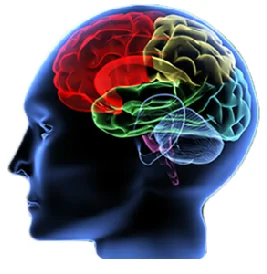
The symptoms that characterize post concussion syndrome may emerge at varying intervals following head trauma. All caregivers (which may include investigating police officers and citizens who have stopped to give assistance) may be able to observe the demeanor of the victim at some particular point in the evolution of the syndrome. Even a relatively unsophisticated observer arriving at the scene of the accident shortly after its occurrence may have made potentially valuable observations.
Ambulance attendants generally perform what is, in essence, a brief mental status examination of victims suspected to have been even transiently unconscious. Attendants may be able to estimate the duration of post-traumatic amnesia (PTA) or the occurrence of a traumatic brain injury (TBI).
There is, however, one important consideration when attempting to determine the duration of PTA or TBI. Many individuals involved in serious accidents may dissociate (or “space out”) elements of the accident and what follows. Strictly speaking, this is not postraumatic amnesia, since it is not organically based. Rather, it is a brief disassociative reaction, as the accident victim seeks to remove him or herself, psychologically, from the traumatic event. It could more accurately be called a brief psychogenic amnesia.
Although most accident victims are taken to an emergency room, where they are examined and treated by physicians and nurses, some feel well enough to return home and do not see a physician until some time, even days, following the traumatic event. It is more often a family practitioner, internist, or chiropractor who first encounters the symptomatic patient. In such cases, the presenting complaint is often physical (such as neck pain or headache), rather than psychological (for example, forgetfulness and distractibility). These latter complaints are often considered to represent a neurotic disorder, such as hysteria.
The five primary symptoms of postconcussion syndrome are generally headache, dizziness, memory problems, weakness, and nausea. Some victims also show to have impairment of attention, fatigability, and emotional instability among other symptoms. All of these complaints may be dismissed or minimized by the clinician unfamiliar with the symptom complex in mild head injury.
I’m Ed Smith, a Sacramento personal injury attorney with the primary accident information site on the web, AutoAccident.com.
If you or a loved one has suffered a serious injury, call me now at 916.921.6400.
You can find out more about our office by looking for us either on Yelp or on Avvo, the attorney rating site.
